30 Award-Winning Photos Of Nature Taken By Working Scientists
First, the commended photos: These Eastern Swallowtails frequently gather along riversides in the Eastern U.S. to feed on mineral deposits, according to photographer J.P. Lawrence.

Justin Havird photographed researchers Stephanie Irvin and Kiley Seitz gathering samples at this landlocked pond. It's named Skippy’s Pond and is a unique coastal habitat found at the ‘Ahihi-Kina’u Natural Area Reserve on South Maui in Hawaii.
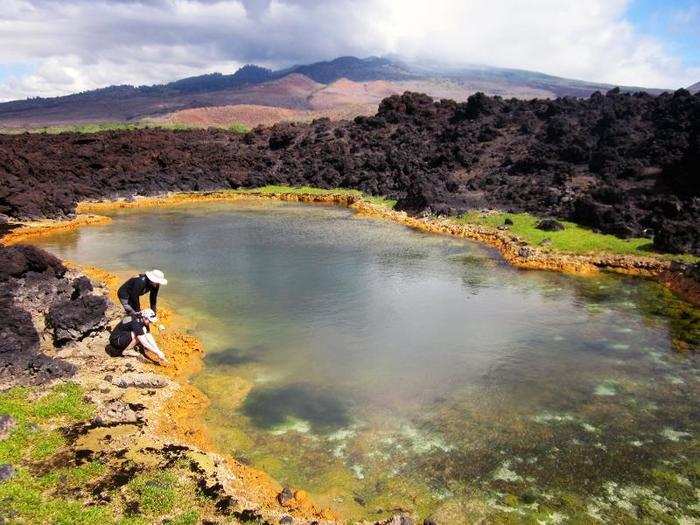
In the Ethiopian Highlands, these gelada monkeys scurry to safety as the light changes and predators come out, according to photographer Ryan J. Burke.
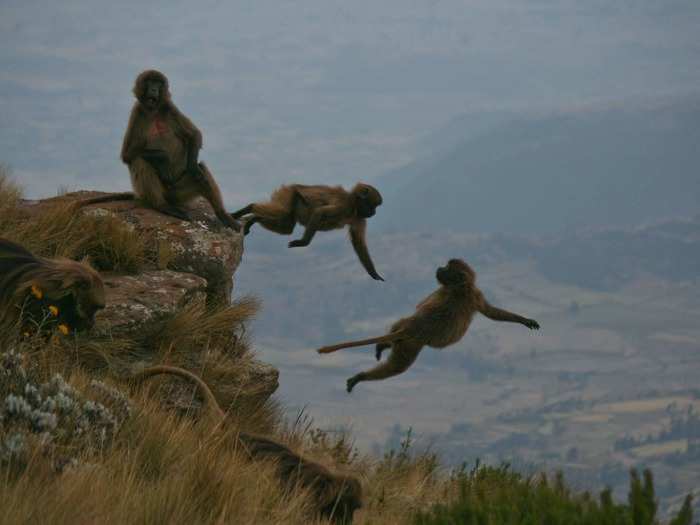
The one-year-old chimpanzee was still young enough to breastfeed, but here he tastes fruit fed to him by his mother, according to Alain Houle — who shot the photo while in a Ugandan tree canopy, 80 feet above ground.
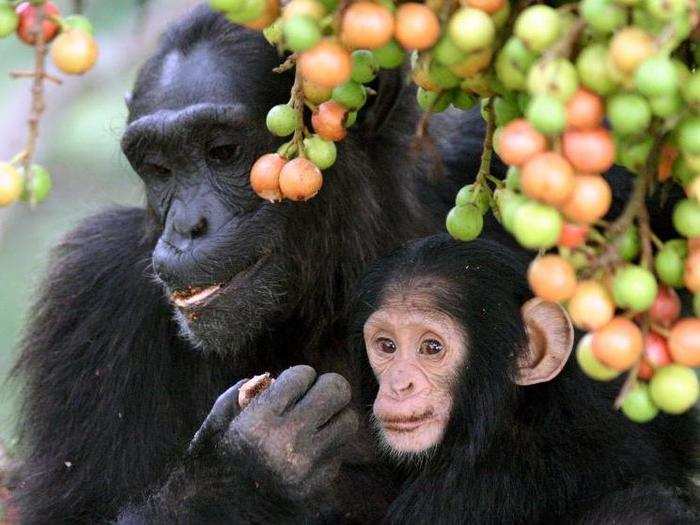
This Chilean sphecid wasp takes advantage of a distracted female carrying prey back to a nest, seizing the opportunity to mate, according to Bernardo Segura.

Gardeners consider these sap-sucking tiny insects pests, but they provide food for many other creatures from their place at the bottom of the food chain, according to Souvik Mandal of the Indian Institute of Science.
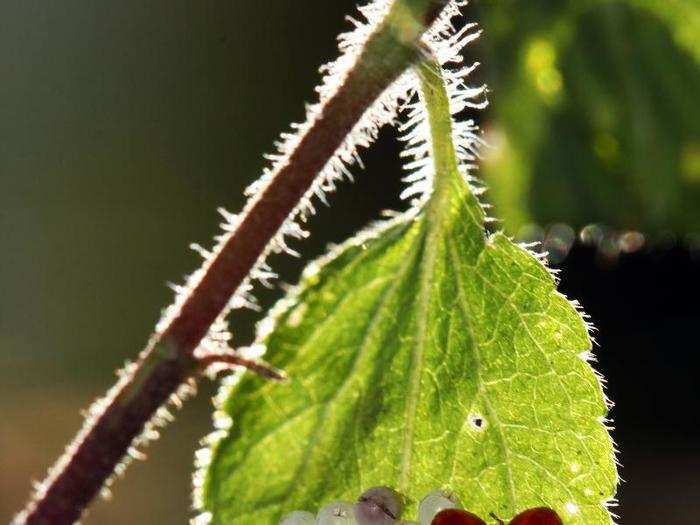
Sayantan Das explains that this baby slender loris is "parked" in place in the Eastern ghat mountains of India while its mother catches insects.
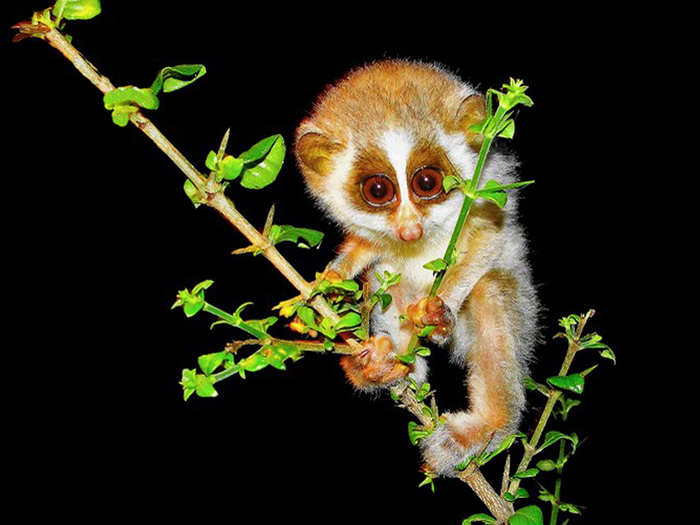
Spotted Owlets rarely venture forth in the daylight, according to Souvik Mandal. They're losing much of their habitat as South Asia develops.
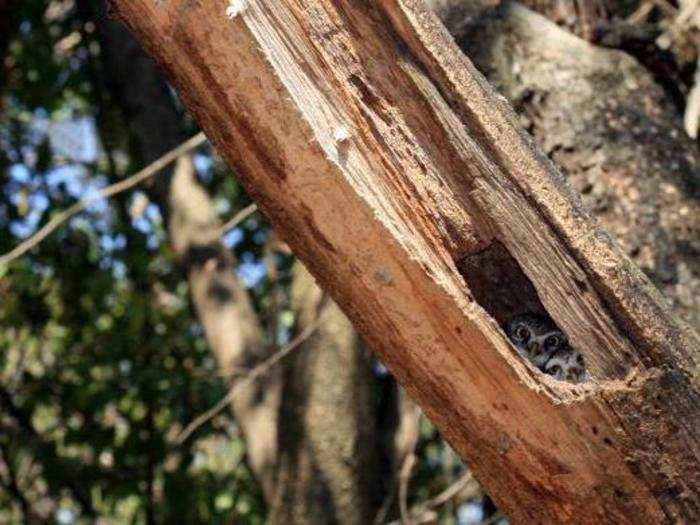
This Arctic Hare has started growing a white coat to prepare for the Greenland winter, says Daniel W. Carstensen.
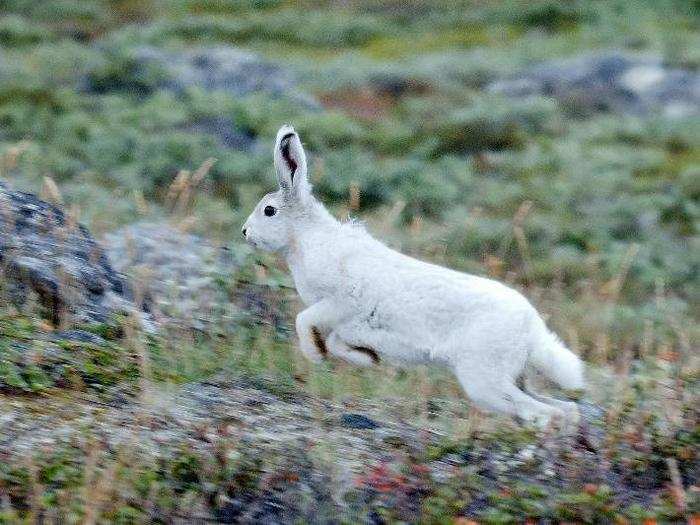
Anandbabu. R. photographed these Oriental garden lizards, found all over Asia. They eat anything smaller than them — including other lizards.
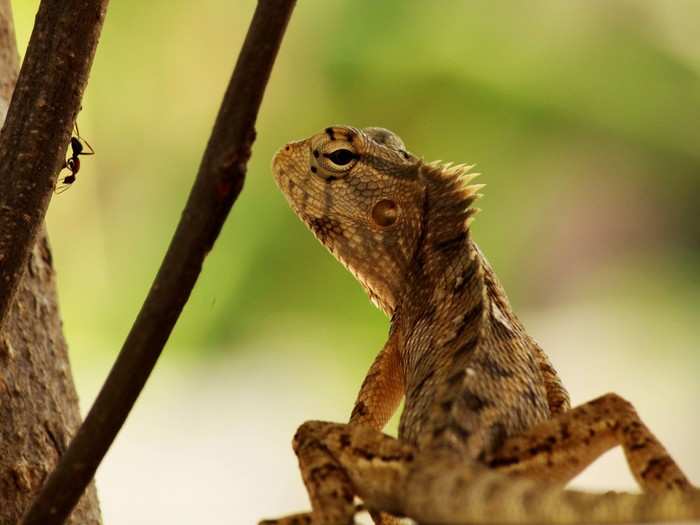
These small freshwater Daphnia crustaceans are under attack by tiny parasites, says Nina Schlotz.
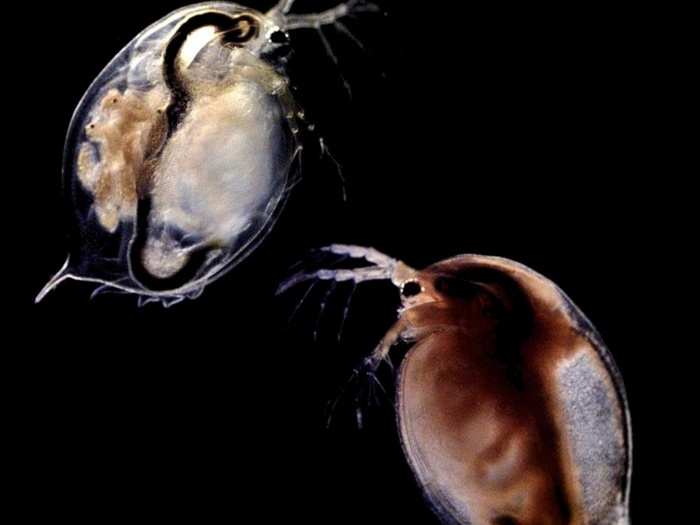
Graeme Shannon says that although this fight between two hippos at a Kenyan water hole looked like a territorial dispute at first, the "tempered aggression" means it actually may be connected to mating.
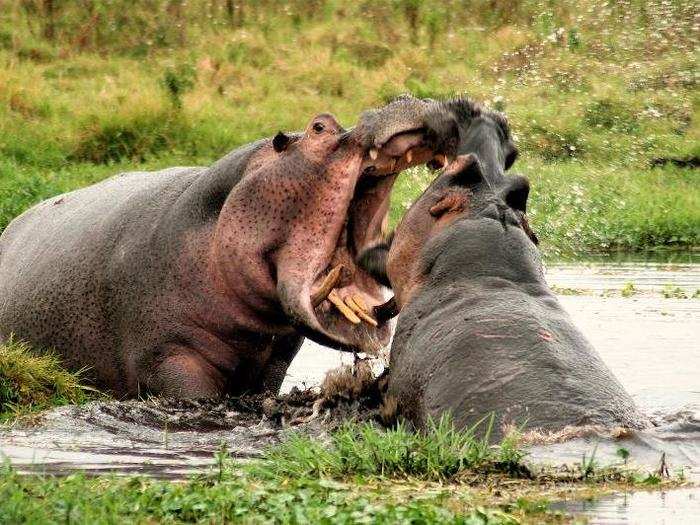
Paresh Poriya shot this photo while working on her Ph.D research on intertidal community structures. Barnacles and zoanthids — colonial cnidarians, another type of invertebrate related to corals — are competing for the same space.

A herd of wildebeest graze on the savannah grassland of Amboseli National Park, Kenya — and provide a food source for lions at the same time, says Graeme Shannon.
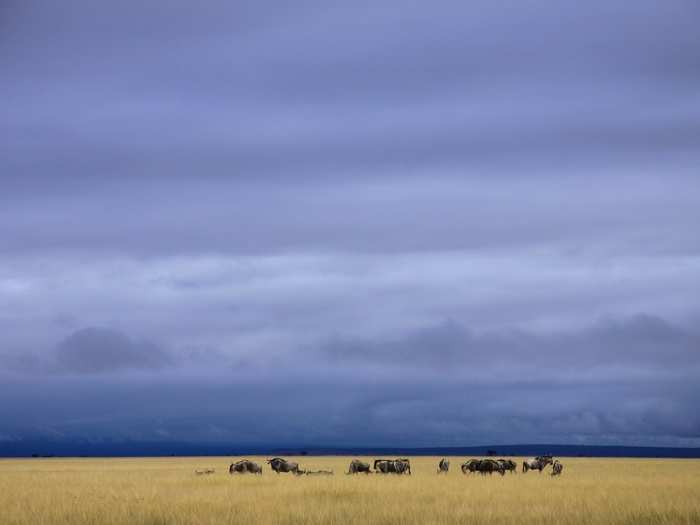
Shannon also shot this image of a lion and lioness tearing an adult impala in half in Pilanesberg National Park, South Africa.
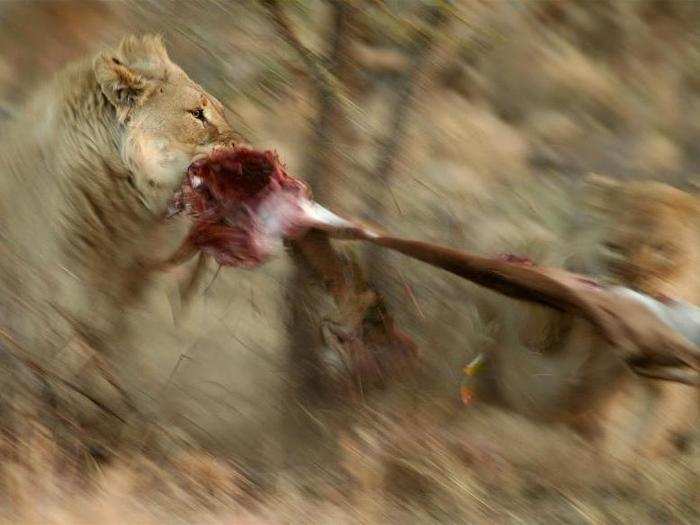
Letizia Campioni tracks Black-browed albatross nests on New Island in the Falklands.
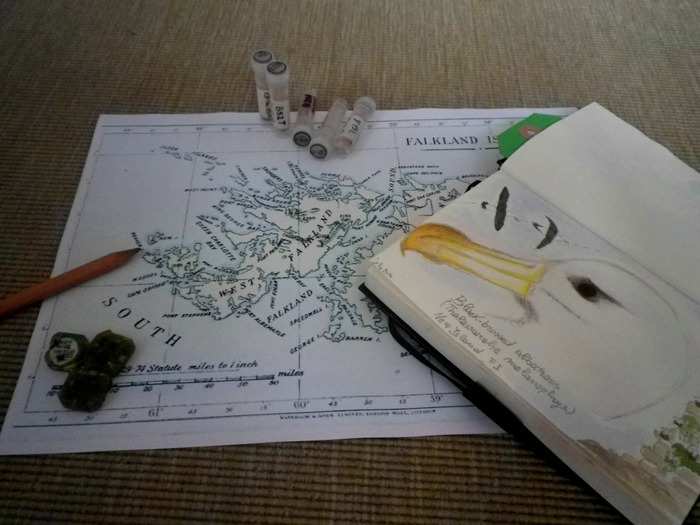
Benjamin P. Y-H. Lee says that researchers need to analyze bat populations to understand how infectious diseases jump from animals to humans. This researchers is releasing a lesser short-nosed fruit bat after testing.
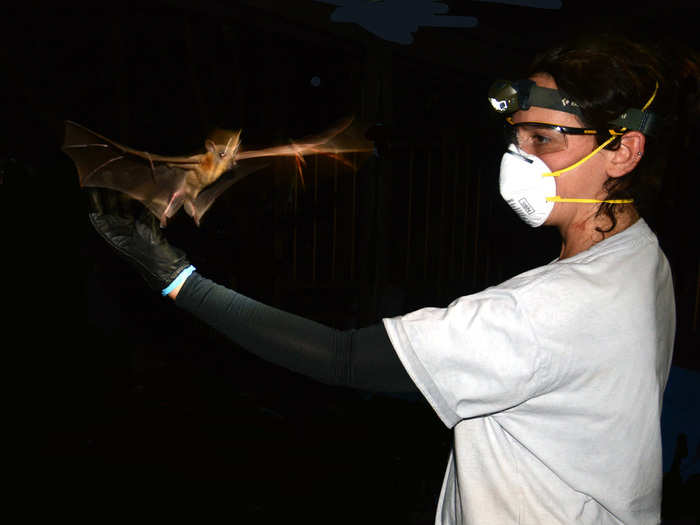
Paresh Poriya shows the way communities in western India depend on coastal areas for food in summer and pre-monsoon seasons.
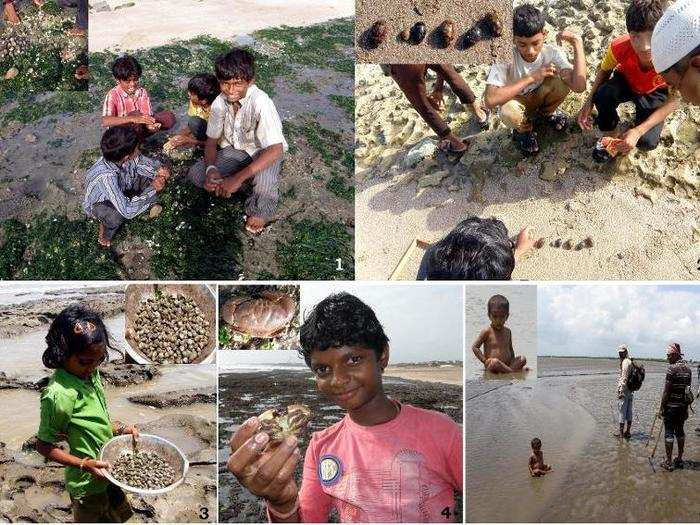
Growing human populations and industrialization mean that certain species have to find a way to co-exist with humans, explains Nagendra Rai — and it doesn't always come easily.
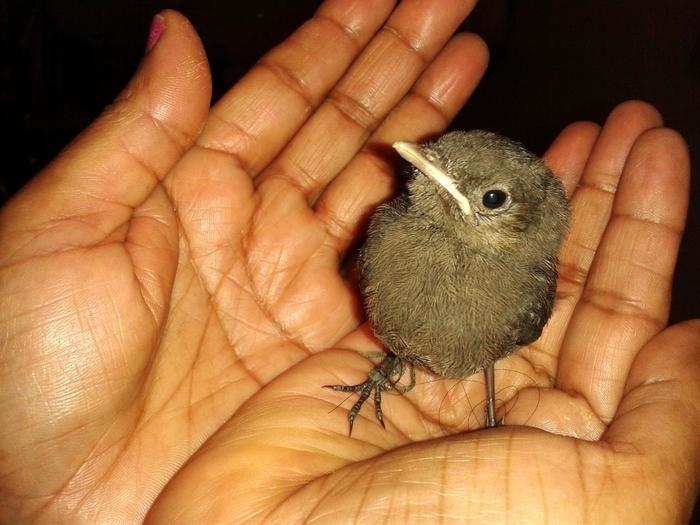
Matthew Nitschke says that this "army of soldier crabs" helps researchers analyze the water quality along coastlines. They absorb heavy metal pollutants in mudflats and mangrove areas, which can be detected in crabs before it shows up in water samples.
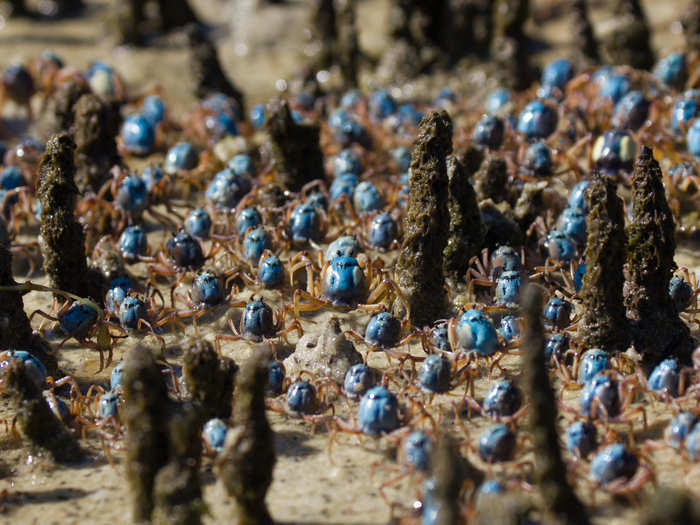
Fledging nesting-burrow petrels get lost and confused by city lights, according to Airam Rodri´guez. This Cory’s shearwater was disoriented by light pollution from Tenerife in the Canary Islands.
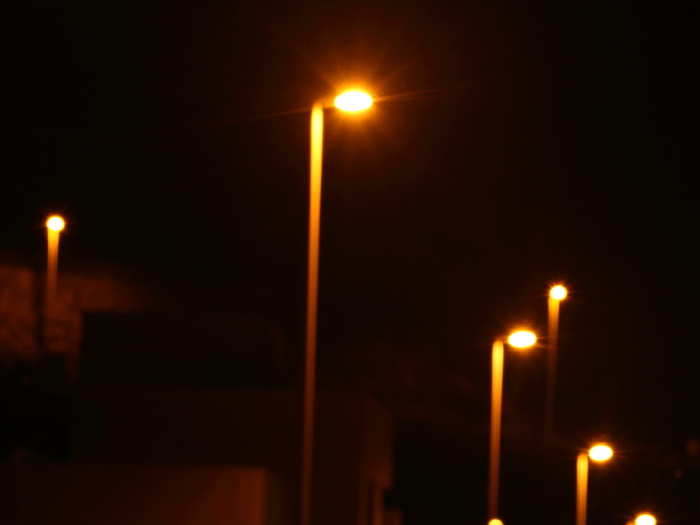
Benjamin P. Y-H. Lee shot this photo of a wildlife overpass that connects two nature preserves in Singapore that are divided by an eight-lane highway.

And now, the winners: The theoretical ecology and models section of BMC Ecology journal awarded this collage of images that simulate predator vision and prey camouflage, by Kyle Harrington.
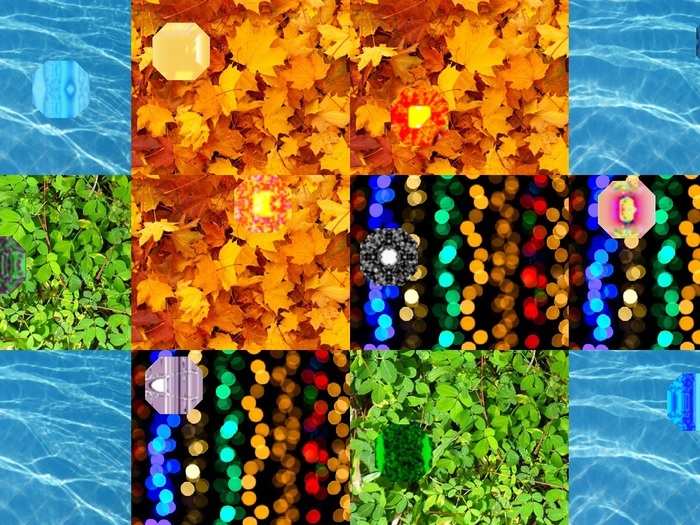
The landscape ecology and ecosystems winner is this image of the sparse plants that survive in Death Valley, by Benjamin Blonder.
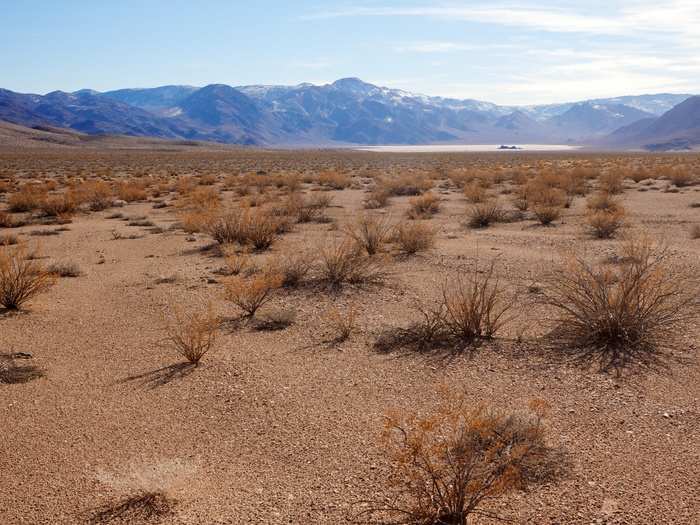
The winner for the conservation ecology and biodiversity section shows Tubbataha Natural Park in Philippines, the heart of the Coral Triangle. Catherine Kim captured this image of a young coral growing towards the sun, like a young tree in a rainforest.
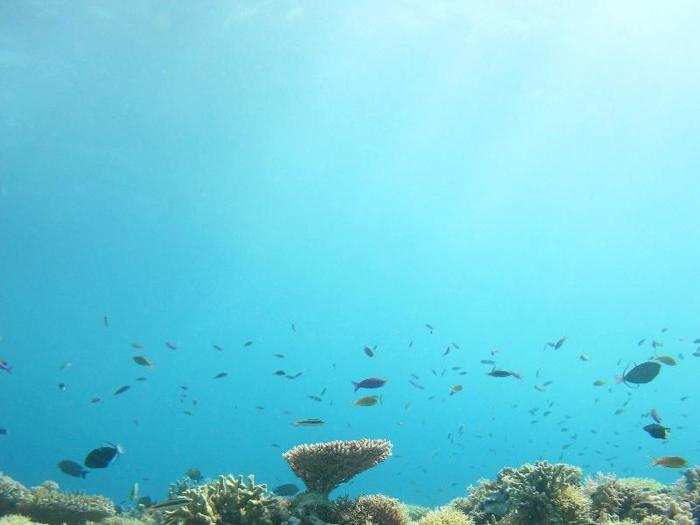
A crab spider attacks a bee on top of a flower, while a moth searches for nectar in this winner for the community, population, and macroecology section. Andrew J. Crawford shot this photo in eastern Panama.
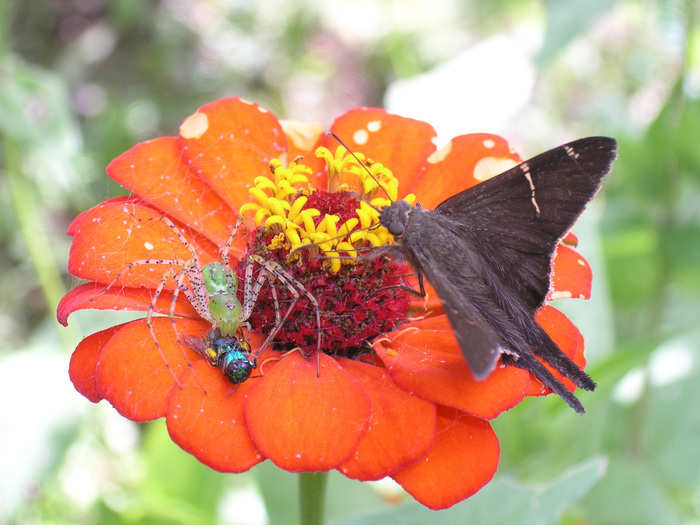
Bernardo Segura captured the winning photo for the behavioural and physiological ecology section. Believe it or not, this ant is being attacked by the tiny parasitic fly, and not the other way around.
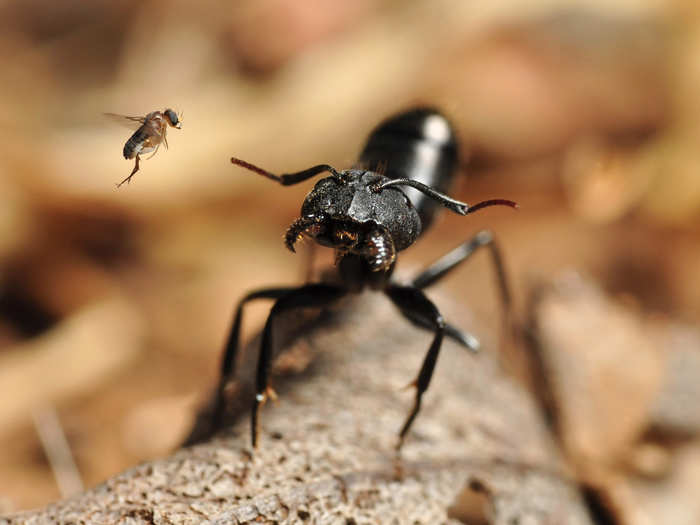
The editor’s pick was this shot showing an area where thousands of King penguin chicks huddle together for warmth in Antarctica while the adults in the colony forage for food, sometimes hundreds of miles away, by Laetitia Kernaleguen.
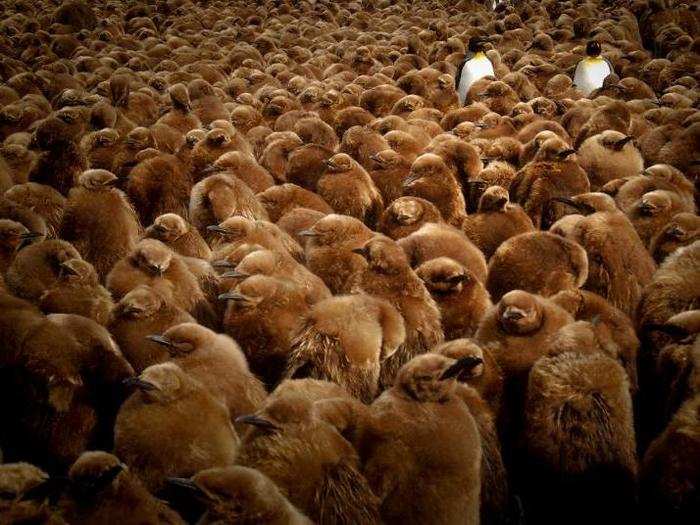
The overall runner-up was Letizia Campioni's photo of a Black-browed albatross with its chick, shot in the Falklands.
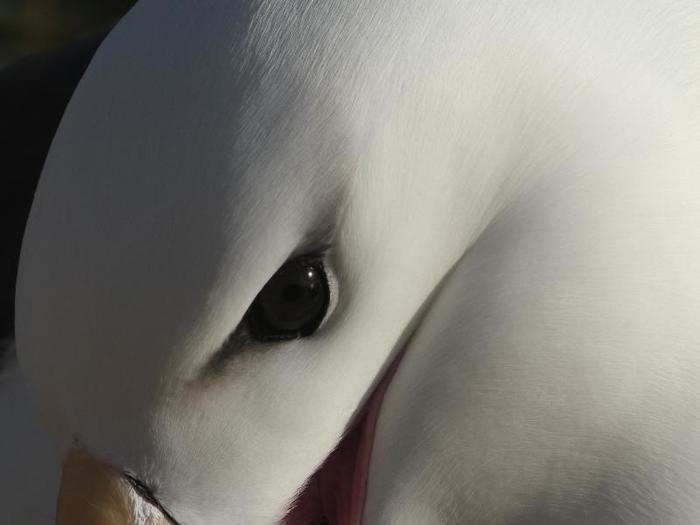
And the overall winner is this tiny Namaqua rock mouse shot by Petra Wester. As it feeds off nectar from a Pagoda Lily in South Africa, it gets covered in pollen that it then carries to other flowers.
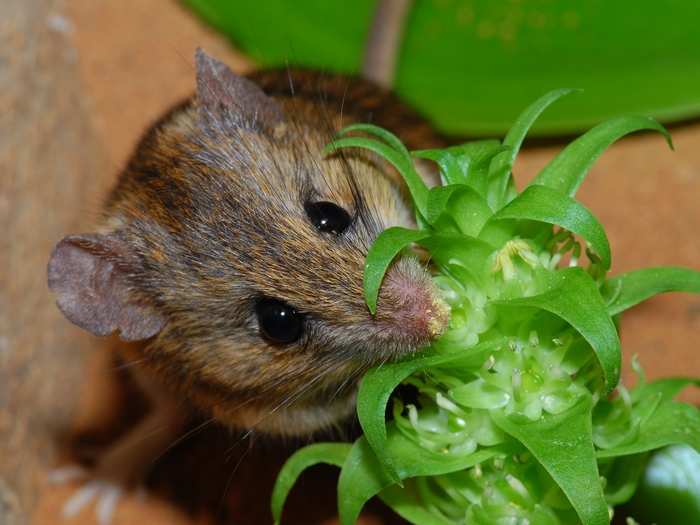
Now see some more amazing images of nature
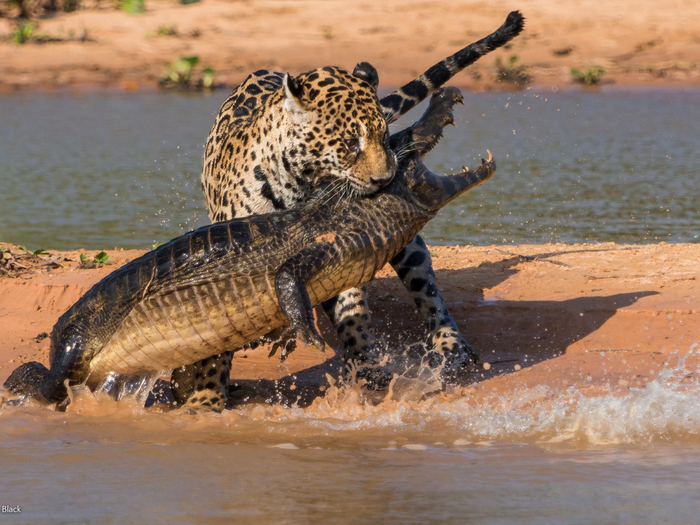
Popular Right Now
Advertisement